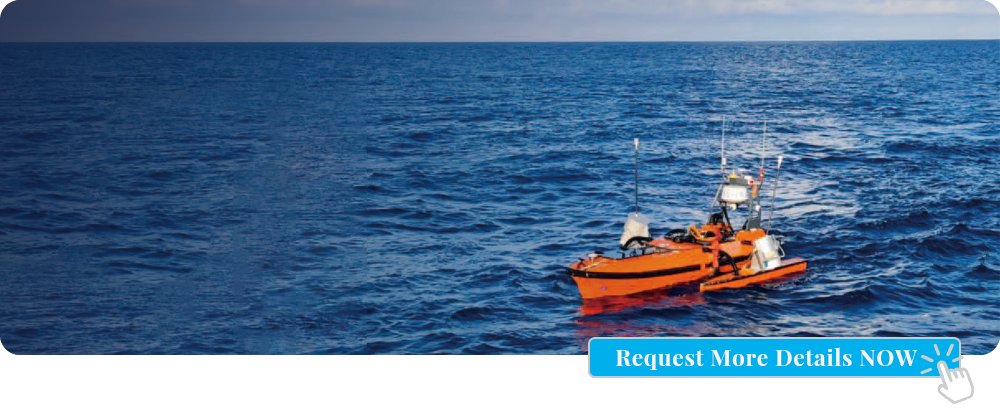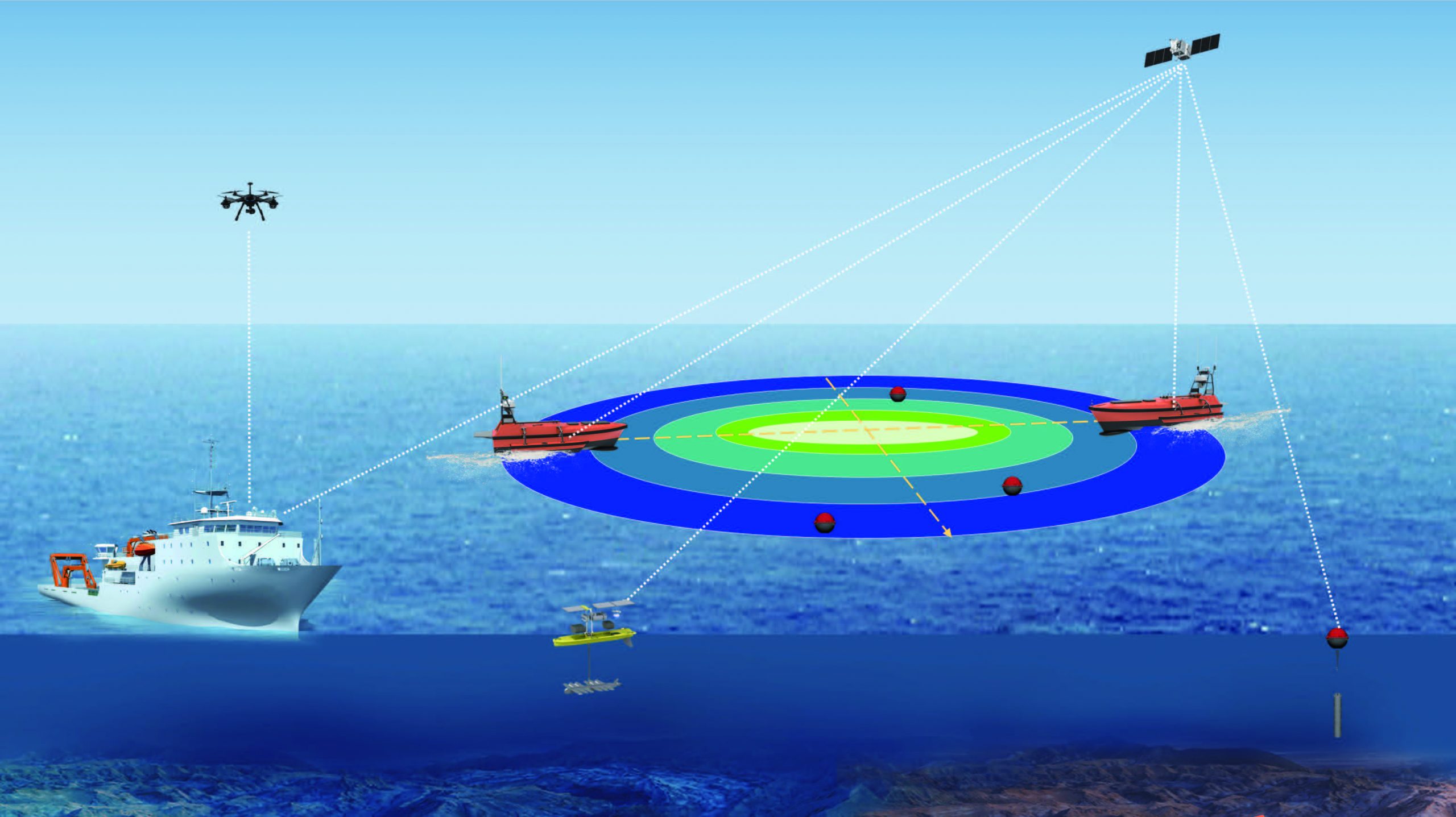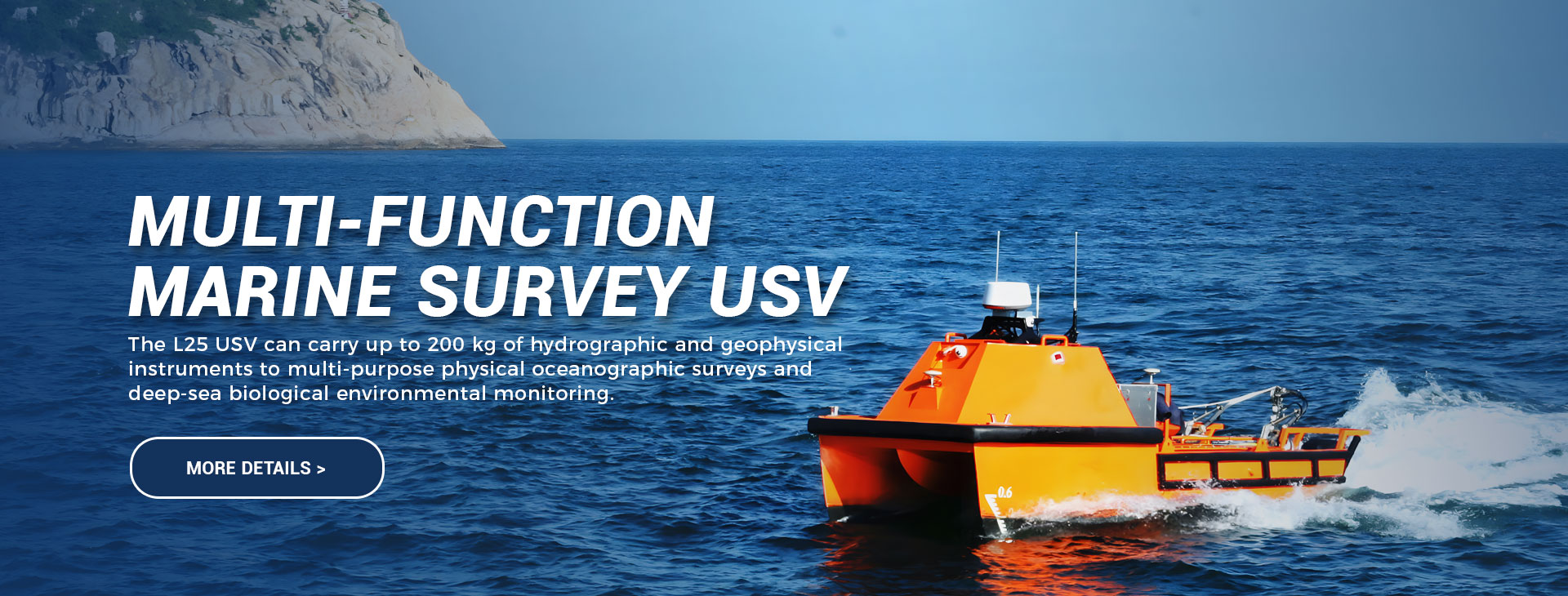Time: September 2021
Location: South China Sea
Operation details:
2 units of OceanAlpha M80 USV, 4 sets of disposable drifting buoys, 2 sets of weather stations, 2 sets of ADCP, and 2 sets of CTD sensors.
01 Background:
Most of the eddies in the ocean are in an unsteady state, and the position and time of generation are not fixed. Therefore, the traditional voyages, fixed-point mooring buoys, and on-site observations of submarine buoy arrays are accidental and cannot accurately capture the special ocean-atmosphere processes with high temporal and spatial resolution information. The project integrated multi-agents such as aerial drones, unmanned surface vessels, and wave gliders to achieve rapid mobile network observation based on ocean-atmosphere processes.
02 Solution:
This project combines multi-satellite sensor remote sensing observations and air-sea coupling numerical forecasting models to plan processes such as warm eddies and typhoons in advance. The USV is equipped with disposable drifting buoy, weather station, ADCP and CTD sensors, to sail in the direction of the long axis of the warm vortex, conduct synchronous section observation with the weather drone and wave glider, and return the observation data to the control center in real-time for display and storage.
Schematic diagram of network observation scheme
The mother ship is equipped with USV, weather drones and wave glider, sails to the waters near the northern part of the South China Sea. The mother ship lowers two OceanAlpha M80 USVs in the center of the warm vortex. Two USVs carry ADCP and CTD respectively navigate to both sides of the long axis of the warm vortex, and conduct cross-sectional observations in the direction of the long axis of the warmvortex. Meteorological drones, wave gliders and USVs carry out network observations of the sea-air interface simultaneously. The data of the OceanAlpha M80 USV, mother ship, drone, and wave glider are synchronously sent back to the data center in real-time to build a three-dimensional network observation data set.
Network observation flow chart
03 Observation Work:
On September 14, 2020, the mother ship Zhang Jian carried OceanAlpha M80B USV, wave gliders, drones, and other platforms to quickly sail into the central area of a warm vortex in the northern part of the South China Sea, deployed two OceanAlpha M80 USVs which sailed autonomously to the east and west of the warm vortex, autonomously avoid obstacles on the way and automatically released disposable buoys after arriving at the designated observation site. the control center monitors USVs, wave gliders, and drones through Beidou, data was collected and transmitted back to the control center.
 |
 |
| Mother Ship- Zhang Jian | Mother Ship- Zhang Jian |
 |
 |
| The USV navigates autonomously to the target location | USV released the buoy |
 |
 |
| Mother ship recover M80 USV | USV observation route planning map |
04 Data Analysis:
In this project, the two OceanAlpha M80B USV continued to collect data for two days, collecting a total of about 60,000 sets of multi-dimensional data. Combined with the data collected by the wave glider and meteorological drones, the three-dimensional structure model of the warm vortex was constructed, which confirmed the theoretical research, down-front wind forced mesoscale vortex edge mixed layer three-layer structure:
1. The wind-driven layer dominated by wind stress-related turbulence;
2. A turbulent-dominated troposphere maintained by sea-surface cooling;
3. A symmetric instability layer dominated by symmetric instability-related turbulence.
The result map is as follows:
 |
 |
| Observed mesoscale vortex structure | Schematic diagram of the three-layer response structure of the edge of the mesoscale eddy in the upper ocean mixed layer to atmospheric forcing |
05 Conclusion:
The two OceanAlpha M80 USVs of this project have carried out two warm vortex observation missions and successfully completed the acceptance task of this project. The data accuracy is high, which provides solid data support for the horizontal and vertical structure construction of the warm vortex.
Compared with traditional regular voyages and fixed-point buoy and submersible buoy array observations, rapid mobile network observations are very helpful to improve the understanding of the formation mechanism of disastrous weather processes and improve the forecast and early warning of vortex tracking observations in the northern South China Sea, which is of great significance to the scientific field.
Rapid mobile network observations can support long-term observations on the size, distribution, and intensity of mesoscale eddies, their accompanying water body and energy transport, and internal variation characteristics, so as to answer the question of the influence range of the cold/warm vortex on the air-sea interface flux and the state of the lower atmosphere, it provides a new way of thinking for solving scientific problems.
— Other OceanAlpha USV Recommendations —




